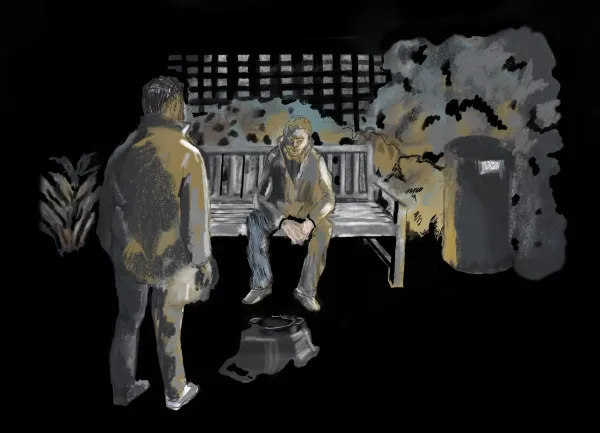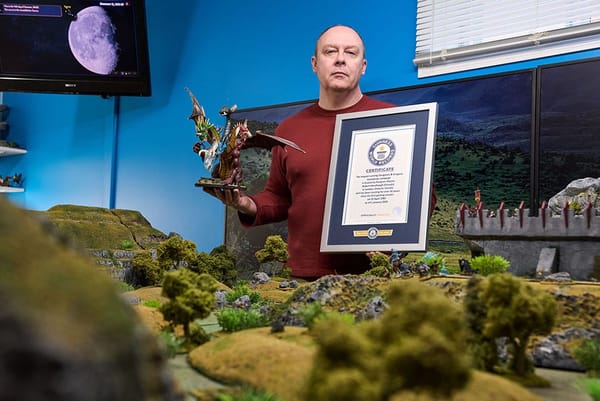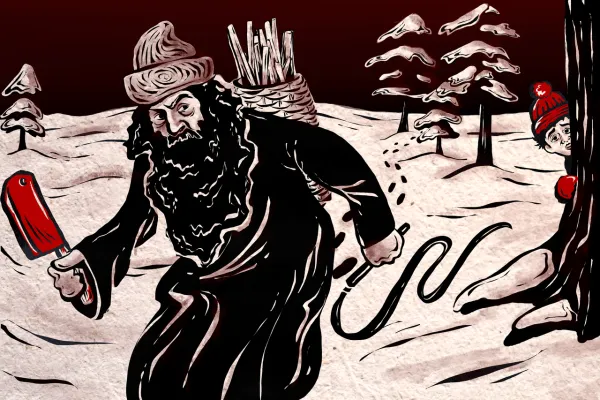Why did two Utah football players join a coup in Africa?
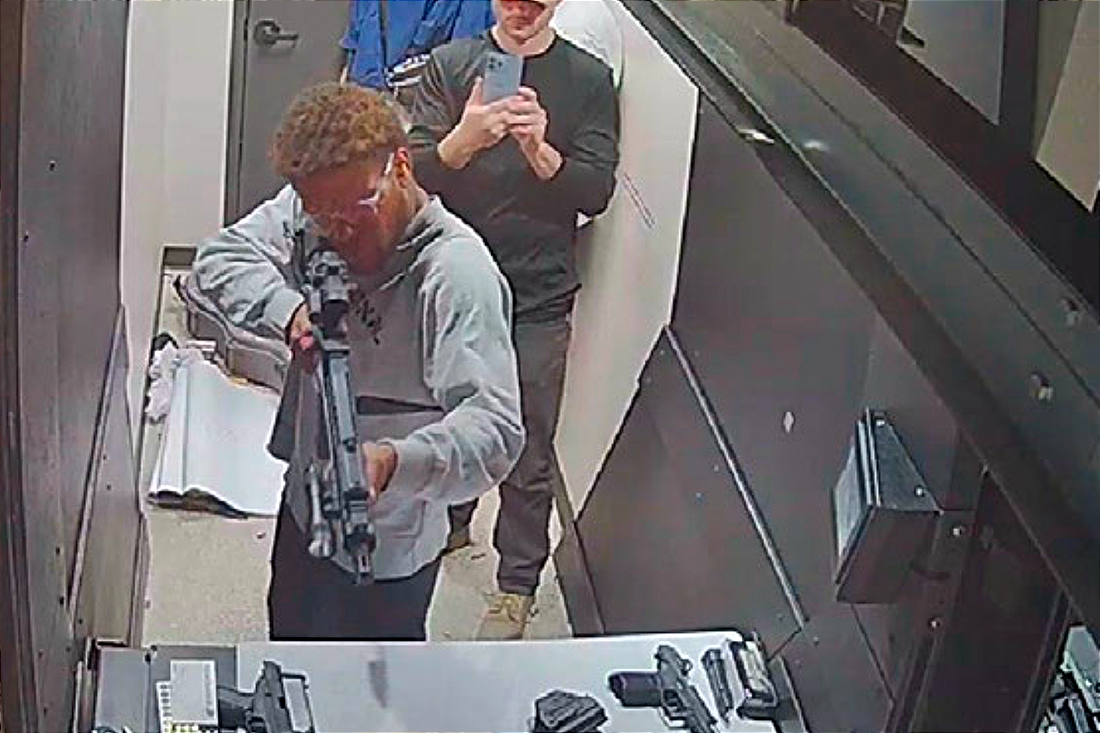
From NY Mag: "Marcel Malanga was standing in the foyer of the Palais de la Nation, the home of the leader of the Democratic Republic of the Congo, with an assault rifle slung over his shoulder. It was just before dawn on May 19, 2024, and close by was his best friend from high school back in Utah, Tyler Thompson. Around them, 40 or so rebel soldiers in jungle fatigues were spread out across the palace grounds, fortifying their positions after shooting their way in. Neither he nor Thompson seemed particularly suited to regime change. Malanga, 21 years old at the time, has soft brown eyes and a face pocked from acne. Back home in the Salt Lake City suburbs, he was known for his chaotic energy but lacked the hardened qualities of a true dog of war. Thompson was even less rebellion-ready. Handsome in a benign, midwestern kind of way with a toothy smile and droopy eyes, he had just celebrated his 21st birthday and had never been out of the U.S. before traveling to Africa. He was also an inveterate stoner."
French megalith could be more than a thousand years older than Stonehenge
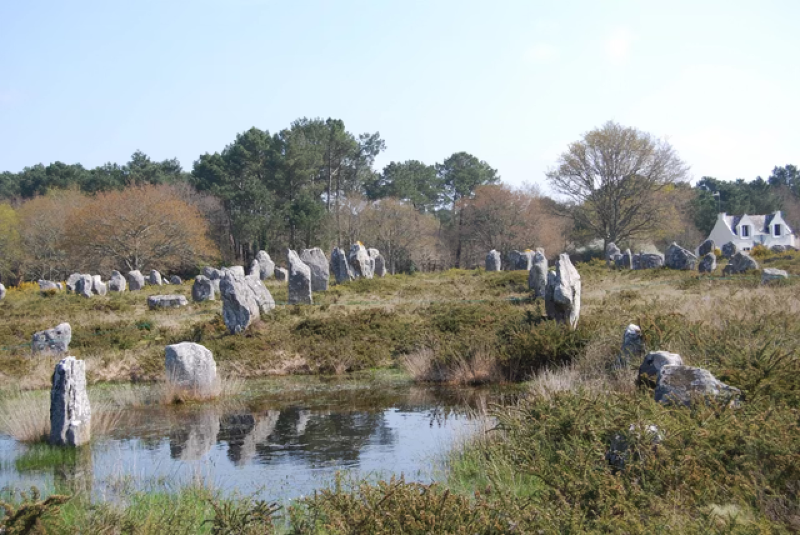
From The Art Newspaper: "Excavations at the megalithic complex in Carnac, France, have revealed that it may be the oldest site of its kind in Europe. Archaeologists working at Le Plasker—a newly discovered section of the heritage region—unearthed the foundation pits of standing stones which have been found to date back more than 6,300 years old. This marks the first time that such accurate dates have been assigned to any part of the complex, where thousands of huge stones stand in parallel lines at different sites. Carnac was originally excavated in the 19th century, but these early investigators found it difficult to assign clear dates to the monuments and left little for future archaeologists to discover. The rarity of organic material such as charcoal — used for radiocarbon dating — further hampered efforts to establish a chronology, leading experts to develop a wide range of theories about when the stones were erected."
Museum curators are incorporating smells as a way of connecting visitors to a previous time

From the New Yorker: "In a windowless room of the British Library, in London, Tasha Marks was enacting her own form of time travel. Marks is a scent designer who works with museums, heritage sites, and other cultural spaces to create odors that can open an instant portal to the past. The library had commissioned her to concoct historical smells for an exhibition about the lives of medieval women. On a conference table, Marks placed an array of bottles and fanned out several paper strips that perfumers use to sample fragrances.The library would be putting on display a thirteenth-century edition of a Latin manuscript called “De Ornatu Mulierum,” a compendium of beauty advice for women. Marks had ingredients listed in the manuscript to re-create the smell of a breath freshener and of a hair perfume that would have been applied as a powder. The text didn’t offer exact recipes—no proportions were provided—so there was an element of improvisation, allowing Marks to act as both historian and artist."
Hi everyone! Mathew Ingram here. I am able to continue writing this newsletter in part because of your financial help and support, which you can do either through my Patreon or by upgrading your subscription to a monthly contribution. I enjoy gathering all of these links and sharing them with you, but it does take time, and your support makes it possible for me to do that. I also write a weekly newsletter of technology analysis called The Torment Nexus.
Researchers find the predecessor to cocaine in mummified brains from the 17th century

From ResObscura: "Earlier this year, amid a sea of bones in the vaulted crypt beneath Milan’s Ca’ Granda hospital, Italian researchers made an intriguing discovery. Analyzing mummified brain tissue from two men who died at the hospital in the seventeenth century, they found evidence of coca use—the earliest ever detected outside of South America. Their results, published this month in the Journal of Archaeological Science, push back our documentation of coca’s presence in the Old World by nearly two centuries. many of the headlines about this discovery are wrong. Cocaine was being used in the 17th century by literally no one. It did not exist yet. Coca did. Coca leaves, chewed or brewed as tea, have been used for thousands of years in South America as a mild stimulant and appetite suppressant. Cocaine hydrochloride, on the other hand, is a powerful alkaloid first isolated from coca leaves in 1855 by a German chemist."
The largest chunk of Mars ever found on Earth is going up for auction
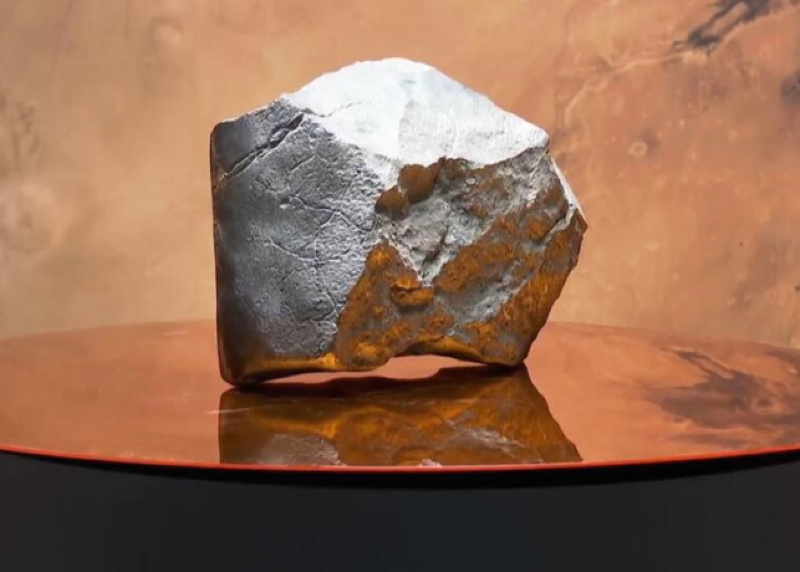
From AP News: "Sotheby’s in New York will be auctioning what’s known as NWA 16788 on Wednesday as part of a natural history-themed sale that also includes a juvenile Ceratosaurus dinosaur skeleton that’s more than 6 feet tall and nearly 11 feet long. According to the auction house, the meteorite is believed to have been blown off the surface of Mars by a massive asteroid strike before traveling 140 million miles to Earth, where it crashed into the Sahara. A meteorite hunter found it in Niger in November 2023, Sotheby’s says. The red, brown and gray hunk is about 70% larger than the next largest piece of Mars found on Earth and represents nearly 7% of all the Martian material currently on this planet, Sotheby’s says. It measures nearly 15 inches by 11 inches by 6 inches. The 54-pound rock is expected to sell for between $2 million and $4 million."
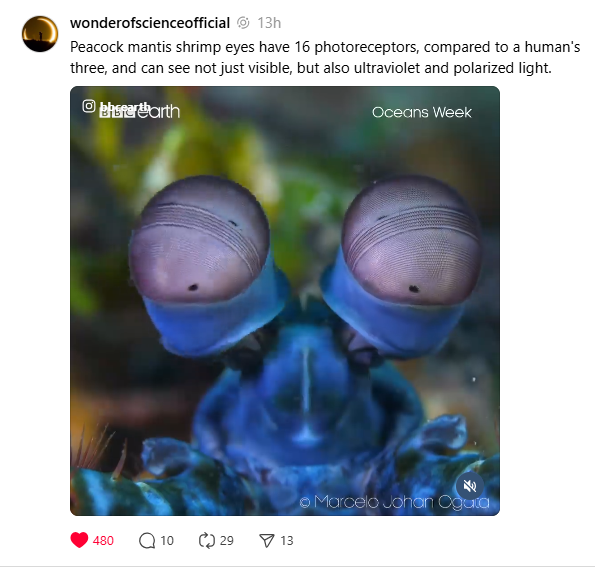
Acknowledgements: I find a lot of these links myself, but I also get some from other newsletters that I rely on as "serendipity engines," such as The Morning News from Rosecrans Baldwin and Andrew Womack, Jodi Ettenberg's Curious About Everything, Dan Lewis's Now I Know, Robert Cottrell and Caroline Crampton's The Browser, Clive Thompson's Linkfest, Noah Brier and Colin Nagy's Why Is This Interesting, Maria Popova's The Marginalian, Sheehan Quirke AKA The Cultural Tutor, the Smithsonian magazine, and JSTOR Daily. If you come across something interesting that you think should be included here, please feel free to email me at mathew @ mathewingram dot com
